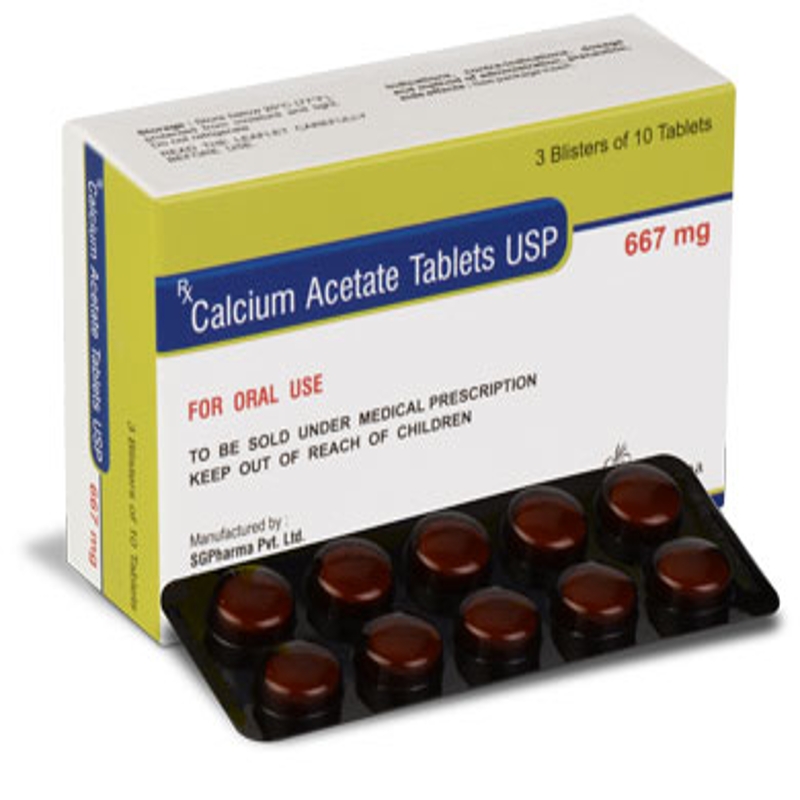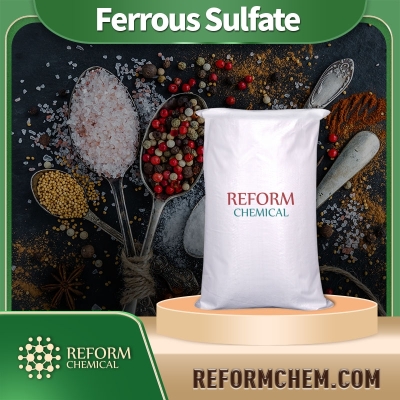-
Categories
-
Pharmaceutical Intermediates
-
Active Pharmaceutical Ingredients
-
Food Additives
- Industrial Coatings
- Agrochemicals
- Dyes and Pigments
- Surfactant
- Flavors and Fragrances
- Chemical Reagents
- Catalyst and Auxiliary
- Natural Products
- Inorganic Chemistry
-
Organic Chemistry
-
Biochemical Engineering
- Analytical Chemistry
-
Cosmetic Ingredient
- Water Treatment Chemical
-
Pharmaceutical Intermediates
Promotion
ECHEMI Mall
Wholesale
Weekly Price
Exhibition
News
-
Trade Service
Acute myeloid leukemia (AML) is most common in older people aged 65 to 74 years, and mortality is higher in people aged 65 years and older1.
The prognosis of elderly patients with AML is poor due to poor performance status at diagnosis, high incidence of adverse cytogenetics, and high early mortality during intensive chemotherapy2
.
The vast majority of elderly patients are prone to relapse, and patients over 60 years of age are even more difficult to treat3
.
Therefore, the treatment of elderly AML patients still faces great risks and challenges
.
With the improvement of medical technology and the development of next-generation gene sequencing technology, more and more new drugs and new therapies are gradually applied to the treatment of
AML in the elderly.
Geratinib is currently the only FMS-like tyrosine kinase-3 (FLT3) inhibitor in China approved in 2021 for the treatment of relapsed/refractory (R/R) AML, and multiple studies have shown that it can bring effective remission
to patients with R/R AML.
In this issue, Professor Zhang Xiaolin of Qilu Hospital of Shandong University is invited to share the treatment experience of an elderly patient with FLT3 mutation AML, and Professor Hou Ming of Qilu Hospital of Shandong University is invited to comment on this case, hoping to bring you some enlightenment!
Case Profile
Basic information
Patient, female, 65 years old
.
Present history: the patient developed a sudden fever in November 2020 with a temperature of up to 39.
6 degrees and chest tightness
.
The blood routine of the local hospital showed WBC 168.
61×10 9/L, MONO% 81%, HGB 98g/L, PLT 57×109/L, bone marrow cytology showed that projuvenile mononuclear cells accounted for 89.
5%, considering AML, M5 is more likely, leukocytes apheresis, followed by oral hydroxyurea-lowering cells, levofloxacin anti-infection
.
For further treatment, I came to our hospital
10 days later.
Anamnesis: anxiety, long-term oral administration of milnacipran hydrochloride, haloperithiton melitraxine tablets
.
Physical examination: sternal tenderness
.
Ancillary examination
Blood routine: WBC 15.
02×10 9/L, HGB 92g/L, PLT 20×109/LFlow cytometry: abnormal myeloid naïve cells 43.
63%Genetic testing: FLT3-ITD+, NPM1+, DNMT3A+, ASXL1+, CEBPA+, TET2+
Karyotype: 46,XX[2]
Case diagnosis
AML (M5, FLT3-ITD+, NPM1+, DNMT3A+, ASXL1+, CEBPA+, High Risk)
2.
Anxiety disorders
After the treatment
Relapse after complete remission (CR) on the first treatment
Induction chemotherapy was started with IA regimen (nordaunorubicin + cytarabine), and the patient developed grade IV myelosuppression during induction therapy, NEUT#0.
05×10 9/L, HGB 54g/L, PLT 7×109/L, combined with pulmonary infection, cardiac insufficiency, treated with meropenem, tigecycline, voriconazole, improved, and considered adjusting the
。
Myelocytology: CR
Flow cytometry: abnormal myeloid cells < 0.
01%Genetic testing: FLT3-ITD(-)
Karyotype: 46,XX[12]
After 3 cycles of azacitidine + Midostaurin* + veneclaxla, the efficacy assessment was CR, and the relapse
was shown at the 5th cycle.
Myeloid cytology: blasts at 13%
Flow cytometry: abnormal myeloid cells 13%
Genetic testing: FLT3-ITD (+)
CR is reached after treatment with the combination of geratinib
FLT3-ITD (+) in relapse, treated with geratinib + decitabine regimen, repeat after 2 cycles:
Myeloid cytology: blasts at 7%
Flow cytometry: abnormal myeloid cells 10%
Adjusted to geratinib + venetoxla, the efficacy was assessed as CR, no fever or serious infection due to leukopenia, and well
tolerated.
Myelocytology: CR
Flow cytometry: abnormal myeloid naïve cells 2.
49%Genetic testing: FLT3-ITD(-)
Professor Zhang Xiaolin
Department of Hematology, Qilu Hospital, Shandong University
Associate Chief Physician, Doctor of Medicine
Postdoctoral fellow at the University of California, San Diego
Member of the Experimental Hematology Professional Committee of the Chinese Pathophysiology Society
Leukemia Professional Committee Member of Chinese Medical Education Association
Member of the Standing Committee of the Hematology Committee of Shandong Geriatric Association
Member and Secretary of the Myelodysplastic Syndrome Group of the Hematological Oncology Branch of Shandong Anti-Cancer Association
Case reviews
AML is a disease that occurs more often in older people, with an increasing incidence and proportional increase in adverse genetic mutations, resulting in a worse prognosis4
.
Currently, AML is still treated with standard chemotherapy regimens, with a 5-year survival rate of 30-35% for AML patients under 60 years of age and less than 10-15% for patients over 60 years of age5.
Despite improvements in chemotherapy in recent years, most patients with AML develop relapse/refractory CR and have a very poor prognosis for patients with relapsed/refractory (R/R) AML6
.
FLT3 mutations are one of the most common genetic mutations in patients with AML, and FLT3-ITD mutations are associated with higher recurrence rates and lower survival rates in patients with R/R AML7
.
Previous effective treatment options for older patients are very limited, particularly in older patients with R/R AML with FLT3 mutations and prior use of FLT3
TKIs.
FLT3 inhibitors are an effective clinical strategy
for the treatment of FLT3-mutant AML.
Geratinib is a selective, potent, oral FLT3 inhibitor with anti-FLT3-ITD and FLT3-TKD AML activities
.
Preclinical models of FLT3-mutant AML showed a synergistic effect
between geritanib and veneclaxla.
A multicenter, open-label, phase 1b dose-escalation/dose expansion study (NCT03625505) of geratinib plus venetoxrama in the treatment of R/R FLT3-mutant AML (NCT03625505) published in the Journal of Clinical Oncology (IF=50.
717) showed that geratinib plus venetinx was also effective in patients who had previously used FLT3 TKIs.
Modified composite complete response (CRc) rates were 80% and median overall survival (OS) was 9.
6 months (95% CI, 4.
2-11.
6)7 in 35 patients with FLT3 TKI-mutant R/R AML who were previously exposed to FLT3 TKIs.
It can be seen that the combination of geratinib and venetex in the fight against AML can further improve the efficacy and bring benefits
to more patients.
The patient in this case was a high-risk AML with FLT3-ITD mutation, who was advanced and poorly tolerated by chemotherapy, and relapsed after applying a generation of FLT3 TKI in the early stage, and then switched to geratinib to obtain CR, which was well
tolerated.
This is a successful case
of geratinib combination regimen in the treatment of FLT3-ITD-mutant R/R AML that had previously been treated with the FLT3 TKI drug.
The emergence of targeted drugs and combination therapies such as geratinib has further expanded the treatment options for relapsed/refractory patients, which is expected to break more treatment dilemmas in the AML field and promote clinical practice innovation
.
It is expected that more new progress and breakthroughs will emerge in the future to help the clinical treatment front move forward and achieve more benefits for AML patients!
Professor Hou Ming
Director of Cancer Center and Director of Hematology Department of Qilu Hospital of Shandong University
Director of Shandong Key Laboratory of Hematology and Immunology
Taishan scholar, second-level professor and doctoral supervisor of Shandong University
Member of the ITP International Working Group Guidelines Development Expert Group
ASH Fellow and APSTH Executive Committee
Member of the Standing Committee of the Hematology Branch of the Chinese Medical Association
Member of the Standing Committee of the Experimental Hematology Society of the Chinese Pathophysiology Association
Vice President of Hematologist Branch of Chinese Medical Doctor Association
References:
1.
SEER cancer stat facts: acute myeloid leukemia [Internet].
Bethesda, MD: National Cancer Institute; 2020.
Available from: http://seer.
cancer.
gov/statfacts/html/amyl.
html
2.
Webster JA, Pratz KW.
Acute myeloid leukemia in the elderly: therapeutic options and choice.
Leuk Lymphoma.
2018; 59(2):274-287.
3.
Kantarjian H, et al.
Acute myeloid leukemia: current progress and future directions.
Blood Cancer J.
2021 Feb 22; 11(2):41.
4.
Creutzig U, Kutny MA, Barr R, Schlenk RF, Ribeiro RC.
Acute myelogenous leukemia in adolescents and young adults.
Pediatr Blood Cancer.
2018 Sep; 65(9):e27089.
5.
Megías-Vericat JE, Ballesta-López O, Barragán E, Montesinos P.
IDH1-mutated relapsed or refractory AML: current challenges and future prospects.
Blood Lymphat Cancer.
2019 Jun 27; 9:19-32.
6.
Thol F, Ganser A.
Treatment of Relapsed Acute Myeloid Leukemia.
Curr Treat Options Oncol.
2020 Jun 29; 21(8):66.
7.
Naval Daver, Alexander E Perl, Joseph Maly, et al.
Venetoclax Plus Gilteritinib for FLT3-Mutated Relapsed/Refractory Acute Myeloid Leukemia.
J Clin Oncol.
2022 Jul 18; JCO2200602.
*Midostaurin is not approved by the Chinese NMPA, and this content is for clinical communication only
.
The content of this article is for academic communication of healthcare professionals only
.
Disclaimer: This platform is designed to deliver more medical information
to healthcare professionals.
The content published on this platform cannot replace professional medical guidance in any way, nor should it be regarded as diagnosis and treatment advice
.
If such information is used for purposes other than understanding medical information, this platform does not assume relevant responsibilities
.
The content published by this platform does not mean that it agrees with its description and views
.
If copyright issues are involved, please contact us and we will deal with
it as soon as possible.
Poke "Read Original" to see more







